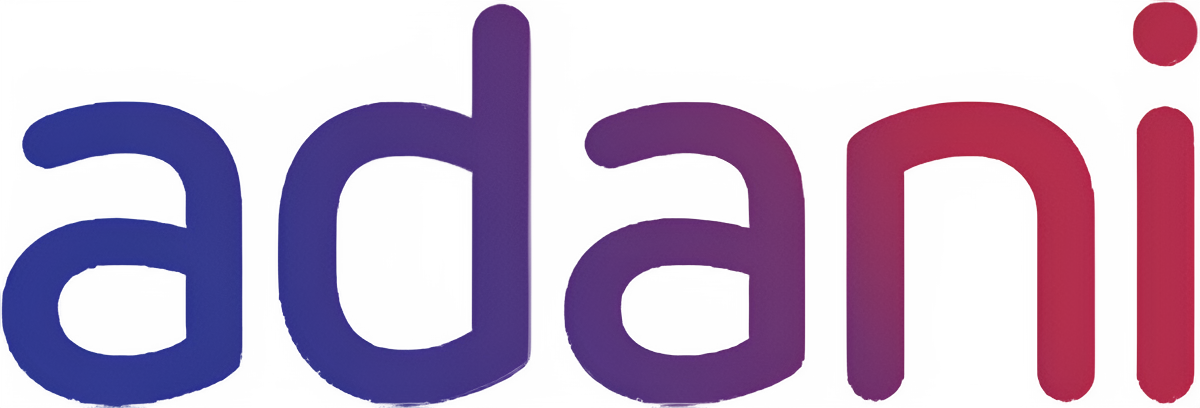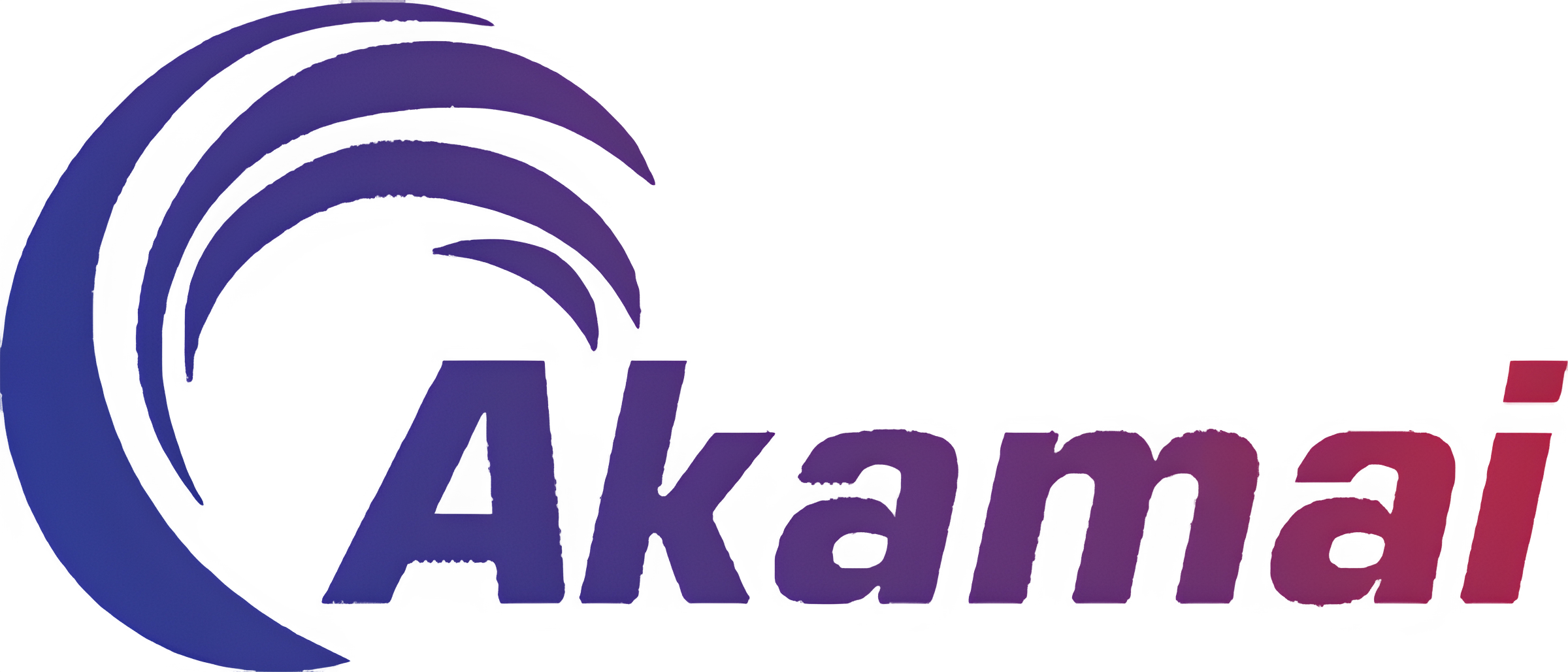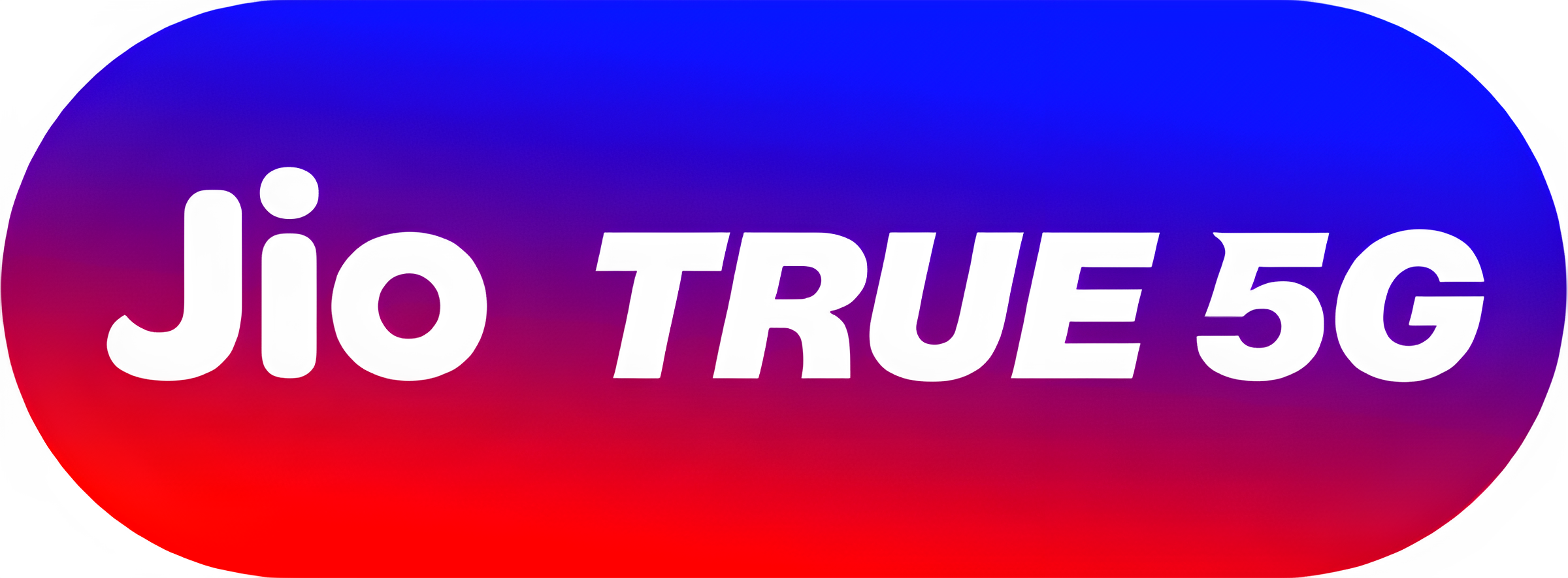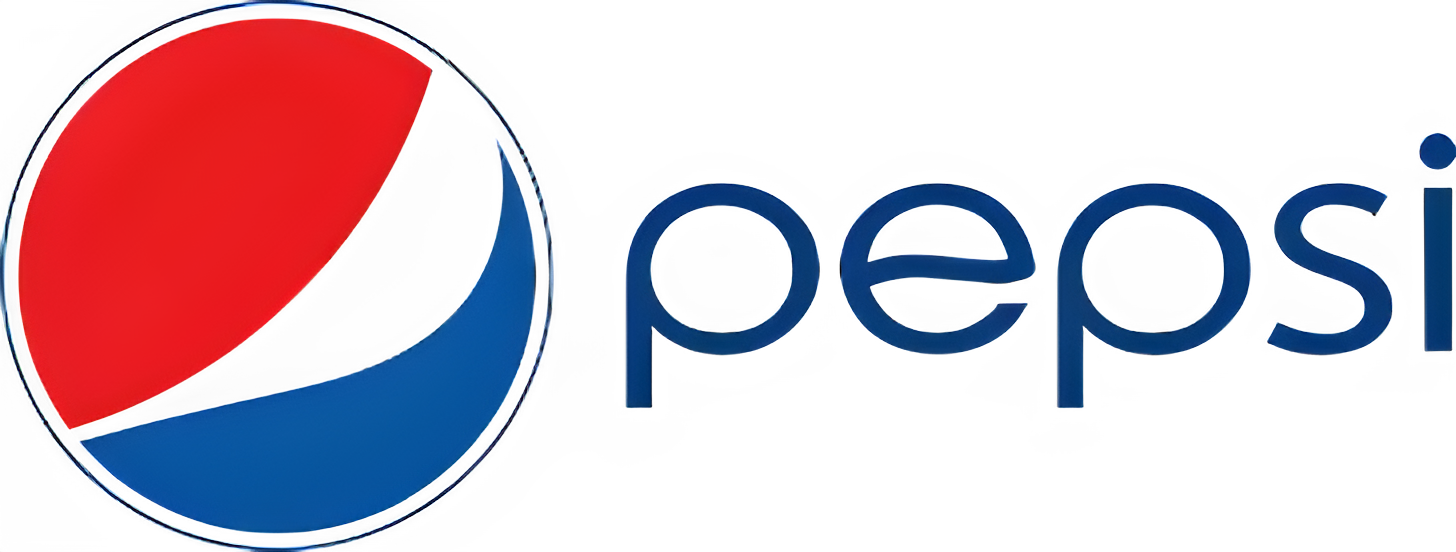Step-by-Step Guide to Developing a Grocery Delivery App
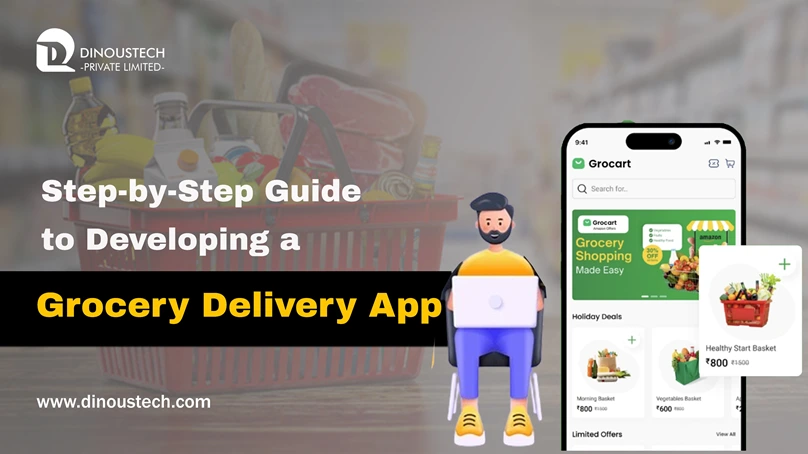
The grocery delivery market has experienced explosive growth in recent years, driven by changing consumer habits and the convenience of on-demand services. From busy professionals to families balancing hectic schedules, more people seek the ease of ordering groceries online and having them delivered to their doorstep. Developing a grocery delivery app requires a blend of strategic planning, thoughtful UI/UX design, robust back-end infrastructure, and seamless integration with payment gateways and logistics partners. This step-by-step guide will walk you through the essential stages of creating a successful grocery delivery platform, drawing on best practices in grocery delivery software development. Whether you partner with a specialized grocery app development company or assemble an in-house team, understanding each phase ensures a smooth path from concept to launch. At Dinoustech Private Limited, we combine domain expertise and technical excellence to help businesses transform their grocery delivery ideas into reality.
Market Overview and Opportunities
The online grocery delivery market continues to expand as consumers prioritize convenience and safety. Traditional supermarkets are investing in digital transformations, while startups are emerging to capture niche segments such as organic produce, specialty items, or hyperlocal offerings. Understanding market dynamics is crucial before diving into development. Conducting a competitive analysis reveals gaps in service—such as same-day delivery in underserved areas or tailored product assortments for dietary needs. Additionally, analysing customer behaviour, including popular shopping times and preferred payment methods, informs feature prioritization. Partnering with a grocery app development company experienced in this domain can help you gather relevant data and refine your value proposition. By identifying unique selling points—whether it’s faster delivery, curated product selections, or personalized promotions—you set a strong foundation for your app’s positioning in a crowded marketplace.
Defining Core Features of Your Grocery Delivery App
A successful grocery delivery app must address pain points of both shoppers and store managers. Start by outlining essential features: user registration with social and email logins, robust search and filtering options for products, detailed product listings with images and nutritional information, a shopping cart with real-time price updates, secure payment gateways, and order tracking dashboards. Equally important are store-side features: inventory management to reflect real-time stock levels, order management interfaces for fulfilment teams, and analytics dashboards to track sales and customer behaviour. Notifications—via push, SMS, or email—keep customers informed about order confirmations, delivery status, and promotional offers. While these core functionalities form the backbone of your platform, you can later expand into advanced features like AI-driven personalized recommendations, loyalty programs, or dynamic pricing algorithms. A well-defined feature set guides both the design and development teams, helping avoid scope creep and ensuring efficient grocery delivery software development.
Choosing the Right Technology Stack
Selecting a technology stack for your grocery delivery app impacts scalability, performance, and maintenance costs. On the front end, popular frameworks include React Native and Flutter for cross-platform mobile development, or native languages like Swift (iOS) and Kotlin (Android) for a more tailored experience. For web-based dashboards—used by store managers and administrators—React.js, Angular, or Vue.js offer responsive and dynamic interfaces. On the server side, Node.js, Django (Python), or Ruby on Rails provide robust ecosystems for handling real-time data and asynchronous requests. Databases such as PostgreSQL or MySQL are reliable choices for structured inventory and order data, while Redis or MongoDB can handle caching and unstructured user session data. Cloud providers—AWS, Google Cloud, or Azure—offer managed services like serverless functions and container orchestration, essential for scaling during peak hours. A grocery delivery software development partner can recommend the optimal stack based on your target user base, projected traffic, and integration requirements.
Designing an Intuitive UI/UX
User experience is a critical differentiator in the world of grocery delivery apps. Consumers expect a streamlined, intuitive interface that allows them to browse products, add items to their cart, and complete checkout in just a few taps. To achieve this, begin with low-fidelity wireframes illustrating the user flow: from homepage to product pages, cart, and payment. Conduct user tests to identify friction points—such as slow-loading images or confusing navigation—and iterate on design mockups. High-fidelity prototypes should reflect your brand’s visual identity, employing consistent color schemes, typography, and iconography. For mobile views, ensure that button sizes, text fields, and image carousels are optimized for touch interactions. Integrating input validation, auto-form filling, and predictive search capabilities further enhances usability. Engaging an affordable web designing company can help translate these design principles into responsive layouts that work seamlessly across devices, ensuring customers enjoy a delightful shopping experience.
Developing the Backend Architecture
A robust backend architecture serves as the engine for your grocery delivery platform, managing everything from user sessions to inventory updates. Architecting the system around microservices provides flexibility, allowing you to scale individual components—such as the product catalog, cart management, and payment processing—independently. Deploying each microservice in Docker containers orchestrated by Kubernetes or Docker Swarm ensures high availability and fault tolerance. Implement API gateways to route requests securely, enforce rate limiting, and handle authentication via JSON Web Tokens (JWT). Use load balancers to distribute traffic across server instances, preventing bottlenecks during peak order times. Logging and monitoring tools—such as ELK Stack or Prometheus with Grafana dashboards—offer real-time insights into system performance, helping your team respond quickly to anomalies. For grocery app development company teams, mastering this backend setup is vital to meet stringent service-level agreements (SLAs) and deliver a seamless shopping experience without downtime.
Integrations and Third-Party Services
Your grocery delivery app’s success hinges on seamless integrations with various third-party services. Payment gateway integration—using providers like Stripe, PayPal, or regional wallets—ensures secure and diverse payment options. To facilitate location-based features, integrate Google Maps API or Mapbox for accurate address autocomplete, route optimization, and delivery ETA calculations. Inventory synchronization with point-of-sale (POS) systems, using APIs or middleware tools, maintains real-time stock levels and prevents overselling. For SMS and email notifications, services like Twilio or SendGrid enable timely transactional messaging. Consider partnering with local courier or logistic APIs if you don’t plan to maintain your own delivery fleet; this speeds up deployment and ensures reliability. A proficient grocery delivery software development partner can manage these integrations, ensuring each external dependency is configured correctly, protected against failures, and optimized for performance.
Building the Customer-Facing Mobile App
Developing the customer mobile app involves translating design mockups into interactive interfaces. Choose between native or cross-platform development based on budget, timeline, and required performance. During development, prioritize caching strategies for product images and lists to reduce network calls and improve load times. Implement offline support for browsing previously viewed products, enabling users to add items to their cart even when connectivity is intermittent. Ensure the checkout flow minimizes user input by leveraging auto-fill and stored payment tokens. Integrate biometric authentication—such as fingerprint or Face ID—to expedite logins and strengthen security. Implement robust error handling that guides users through connectivity issues or payment failures gracefully. Collaborate with a grocery app development company specializing in mobile platforms to ensure your codebase is modular, maintainable, and adheres to platform-specific guidelines for app store approvals.
Developing the Admin and Vendor Dashboards
Backend dashboards for store managers, delivery agents, and administrators are critical for efficient operations. The store manager portal should display real-time sales metrics, inventory levels, and pending orders. Provide features for updating product listings, managing discounts, and generating sales reports. For delivery agents, design a mobile or web interface that lists assigned orders, displays optimized routes, and allows status updates (e.g., “picked up,” “en route,” “delivered”). Administrators need a consolidated view of the entire ecosystem: user registrations, order volumes, payment reconciliations, and customer support tickets. Role-based access control ensures that each user view is tailored to their responsibilities, preventing unauthorized access to sensitive data. A custom website development company can build these dashboards with responsive layouts, ensuring managers can oversee operations from desktops, tablets, or mobile devices without sacrificing usability.
Implementing Security and Data Privacy Measures
Grocery delivery apps handle personal information, payment details, and location data, making security an imperative from day one. Use SSL/TLS encryption for all data in transit and employ AES-256 encryption for data at rest. Implement role-based access controls and multi-factor authentication (MFA) for administrative logins. Regularly rotate API keys and secrets, storing them securely using vault services like AWS Secrets Manager or HashiCorp Vault. Conduct periodic penetration tests and vulnerability scans to identify and remediate security gaps. Compliance with local data protection regulations—such as GDPR or CCPA—requires transparent user consent flows, data minimization practices, and clear privacy policies. For payment data, ensure PCI DSS compliance by using tokenization and avoiding direct storage of credit card information on your servers. Partnering with the best software development company that prioritizes security can help you establish robust safeguards and maintain customer trust.
Quality Assurance and Testing
Before launching your grocery delivery app, rigorous testing is essential to deliver a reliable user experience. Begin with unit testing to verify individual functions and modules. Move on to integration testing to ensure that APIs, third-party services, and internal components interact correctly. Performance testing simulates high-load scenarios—such as large-scale flash sales—to confirm that the system can scale without crashing. Conduct user acceptance testing (UAT) with real-world participants to identify usability issues, confusing workflows, or missing functionality. Usability testing in different network conditions (3G, 4G, Wi-Fi) reveals how your app handles connectivity challenges. Security testing—encompassing penetration testing, OWASP Top 10 checks, and API fuzzing—uncovers vulnerabilities before malicious actors can exploit them. A methodical QA process, led by a grocery delivery software development team or a dedicated testing partner, ensures that your platform is stable, secure, and ready for the market.
Deployment and Launch Strategy
Launching a grocery delivery app involves coordinating multiple moving parts. Begin by setting up production-ready infrastructure: provision servers in multiple availability zones, configure load balancers, and implement auto-scaling policies. Containerize your application components and use a continuous integration/continuous deployment (CI/CD) pipeline—via tools like Jenkins, GitHub Actions, or GitLab CI—to automate builds, testing, and deployment. Use blue-green or canary deployment strategies to minimize downtime and reduce risks of introducing new versions. Before inviting the public, conduct a closed beta with a small group of users to gather feedback on performance, usability, and possible bugs. Incorporate that feedback, refine critical areas, and prepare for a staged rollout—beginning with a specific city or region. Coordinate marketing efforts—such as email campaigns, social media promotions, and influencer partnerships—around your launch to drive initial downloads. Ensuring a coordinated launch strategy, often in collaboration with an affordable web designing company, helps maximize visibility and achieve a strong initial user base.
Post-Launch Monitoring and Maintenance
Launching the app is only the beginning of your journey. Ongoing monitoring identifies issues before they affect a significant portion of your user base. Implement real-time logging and monitoring tools—such as ELK Stack, Datadog, or New Relic—to track application errors, server health, and performance metrics. Set up automated alerts for critical thresholds, such as high error rates or CPU usage spikes. Analyze customer support tickets and in-app feedback to uncover usability issues or feature gaps. Plan regular maintenance windows to apply security patches, database migrations, and dependency updates. As your app scales, continuously optimize queries, implement database indexing, and refactor critical code paths to maintain low-latency performance. An experienced best software development company can provide SLA-backed support, ensuring that fixes and enhancements roll out quickly, minimizing disruptions to your service.
Marketing, User Acquisition, and Growth
A robust marketing strategy is essential to acquire and retain customers in the competitive grocery delivery space. Begin with search engine optimization (SEO) to rank highly for relevant keywords—such as “grocery delivery near me” or “order groceries online.” Launch paid advertising campaigns on Google Ads and social media platforms, targeting local audiences with compelling offers and promotions. Employ content marketing—like blog posts and video tutorials on meal planning—to attract organic traffic and establish thought leadership. Implement referral programs that reward existing users for inviting friends, leveraging word-of-mouth growth. Use targeted push notifications and email campaigns to re-engage dormant users with personalized offers based on past purchases or browsing behaviour. Collaborating with a custom website development company ensures that your landing pages, promotional microsites, and SEO strategies align seamlessly with your overall brand and user acquisition goals. Over time, invest in analytics-driven marketing to optimize ad spend, maximize ROI, and foster sustainable growth.
Scaling Up and Future Enhancements
As your grocery delivery app gains traction, planning for scale and continuous improvement is crucial. Consider expanding your service area by partnering with additional local stores or warehouses. Introduce advanced features—such as AI-powered demand forecasting, dynamic pricing, or subscription-based grocery bundles—to stay ahead of competition. Explore integrations with dark stores or micro-fulfillment centers to accelerate delivery times in urban areas. Implement advanced analytics dashboards that provide insights into customer lifetime value (CLV), repeat purchase rates, average order sizes, and inventory turnover. Scaling infrastructure through container orchestration and serverless functions can reduce operational costs while maintaining high availability. Solicit ongoing user feedback through in-app surveys and A/B testing to refine features and user flows. Partnering with a grocery app development company that offers long-term support ensures you have the architectural flexibility and development resources to evolve your platform with emerging technologies and market trends.
Choosing the Right Development Partner
Selecting an experienced development partner is a critical decision that influences your project’s success. A dedicated grocery app development company brings domain-specific insights, having previously tackled challenges unique to perishable goods, last-mile logistics, and dynamic pricing. If you require a broader range of services—from mobile app development to web-based admin panels—consider a best software development company with a strong track record in building scalable, end-to-end platforms. When it comes to creating marketing sites, user-facing portals, and landing pages, an affordable web designing company ensures that your digital presence is both cost-effective and visually engaging. Should you need highly tailored features—such as proprietary recommendation algorithms, multi-language support, or custom integrations—partnering with a custom website development company offers the flexibility to build unique solutions. For businesses seeking a one-stop shop, Dinoustech Private Limited combines all these capabilities—mobile, web, backend, design, and marketing—under one roof, simplifying communication, reducing overhead, and accelerating time-to-market.
Conclusion
Developing a grocery delivery app is a multifaceted endeavor that requires meticulous planning, user-centric design, robust engineering, and an effective marketing strategy. By following this step-by-step guide—covering market research, feature definition, technology selection, UI/UX design, backend development, integrations, quality assurance, deployment, and growth planning—you can navigate the complexities of grocery delivery software development. Choosing the right partners—whether a specialized grocery app development company, a scalable best software development company, an affordable web designing company, or a flexible custom website development company—plays a pivotal role in your project’s success. As you embark on this journey, remember that ongoing monitoring, maintenance, and user feedback loops are essential to keep your app performing at its best and evolving with market demands. At Dinoustech Private Limited, we are committed to transforming your grocery delivery vision into a high-performing, user-friendly platform that delights customers and drives business growth. Reach out to us today to get started on building the next leading grocery delivery app.

